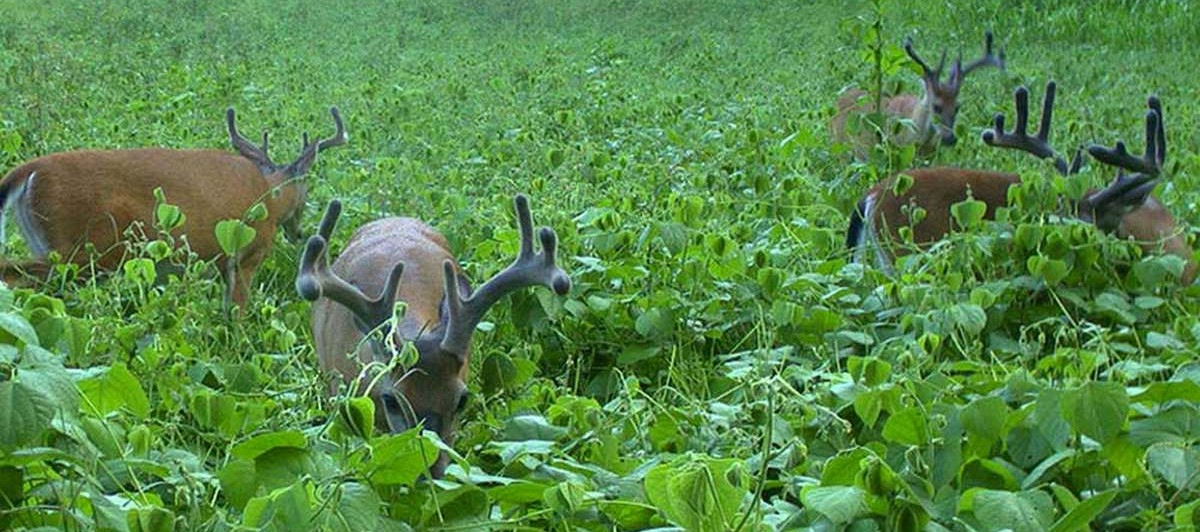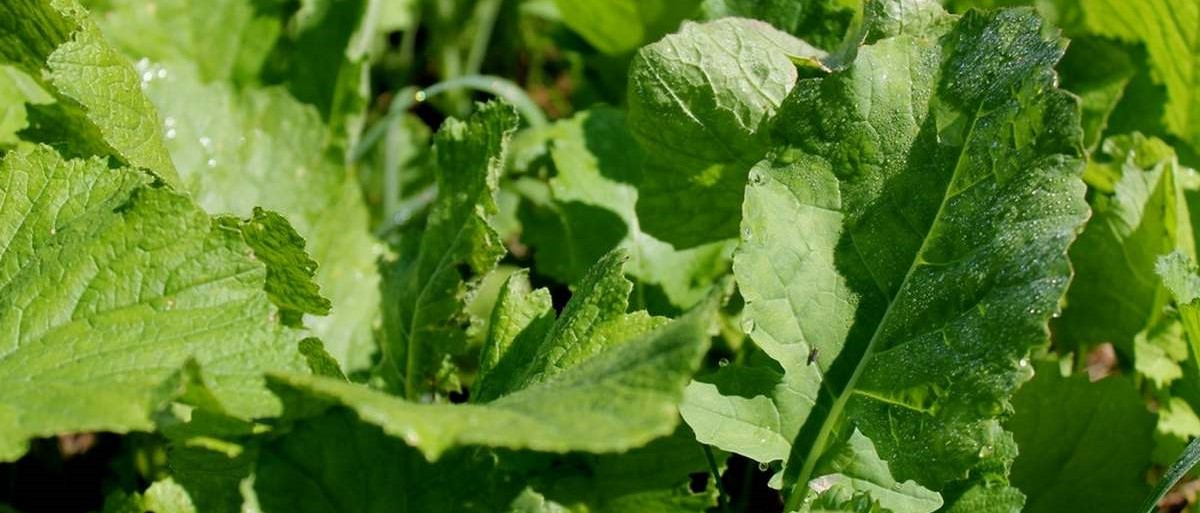Growing Food Plots for Deer
Growing food plots is a great management practice for white-tailed deer. A planted plot can provide an excellent place for landowners and hunters to observe and harvest deer. Simply stated, food plots for whitetail deer are the perfect compliment for anyone already performing habitat management practices for quality deer management.
Winter (cool season) food plots are the most common type of food plot hunters use to attract deer for harvest during the fall and winter. Spring/summer (warm season) food plots are important during the antler growing and fawn rearing seasons.

Why Food Plots for Whitetail?
Unfortunately, the purpose of food plots is generally misunderstood. All too often, hunters make the mistake of over-hunting winter food plots. Whitetail deer respond rapidly to hunting pressure and human activity. In fact, hunting the same food plot several days per week is a sure way to discourage daylight use of these plots, especially by bucks.
The primary role of food plots is almost always to provide supplemental nutrition for deer in the area; although important, harvest should be secondary. Harvest is an important component of deer management, but food plots developed simply for deer harvest typically are not large enough to provide deer diet supplementation.
Food Plots for Deer Hunting
The reality is that food plots should be hunted sparingly. Food plots are great areas to observe and harvest whitetail, no doubt. However, hunters must alter their hunting methods to improve harvest success. Case in point: Hunting over a plot when natural forage is abundant will not work.
Millions of hunters have kept watch over empty deer hunting food plots while whitetail foraged on crops of acorns elsewhere. Food plots are good at providing additional food when deer need it. However, food plots are not a cure-all for simply improving the deer hunting in an area. Hunters must learn to hunt where the deer are rather than where they want the deer to be. I know this is difficult on small acreage properties all too well.

Best Food Plot for Whitetail Deer
There is not a one-size-fits-all when it comes to the best species to plant. Food plots for whitetail deer in Texas are much different than food plots in Wisconsin or elsewhere. It is recommended that anyone wanting to develop a food plot on their property really pay attention. Do some research. Identify the plant species that work best in your climate and soils.
In addition, land mangers must identify the objectives of the food plot or food plots. Is the objective to provide additional food during the growing season? Is the objective to increase antler growth in bucks? Maybe it’s a combination of these two. Or, is the objective to attract deer for harvest. After identifying the objective/s, then decide whether a spring or winter food plot will work best.
Choosing a Food Plot for Your Whitetail
Lastly, there are many options when it comes to commercially available food plot mixes. Most of the advertisements that accompany these products make food plots sound really easy. Many of these mixes will have a high percentage of ryegrass. Ryegrass grows just about everywhere, but just because it’s green does not mean it’s the best thing since sliced bread.
These commercially prepared food plots are not the only option. Contact a local feed and seed store and ask what they have in stock. Often times, they can recommend products or species that have worked well for other folks in the area. Furthermore, most suppliers can typically order anything that you need.
Food plots are not rocket science, but a good food plot for whitetail deer or any other wildlife species, does take work. Lastly, always plant a mixture of plant species to your plots to ensure that at least one performs for you. The best food plot is the one that grows.